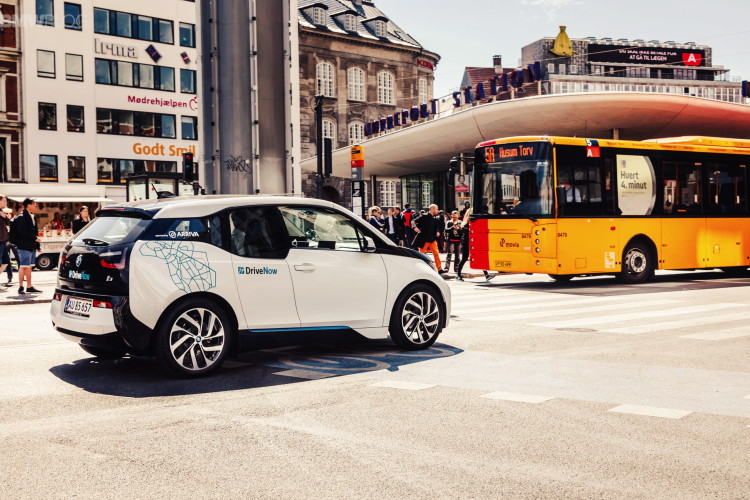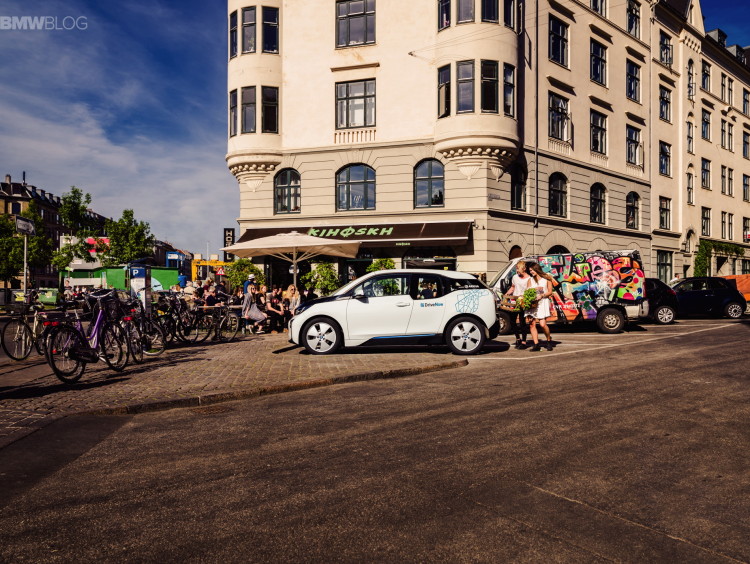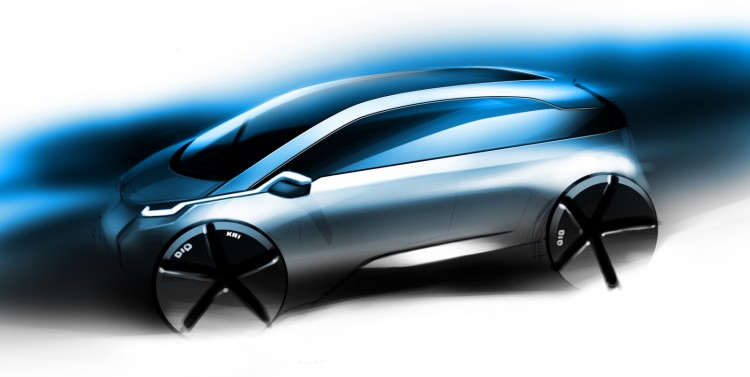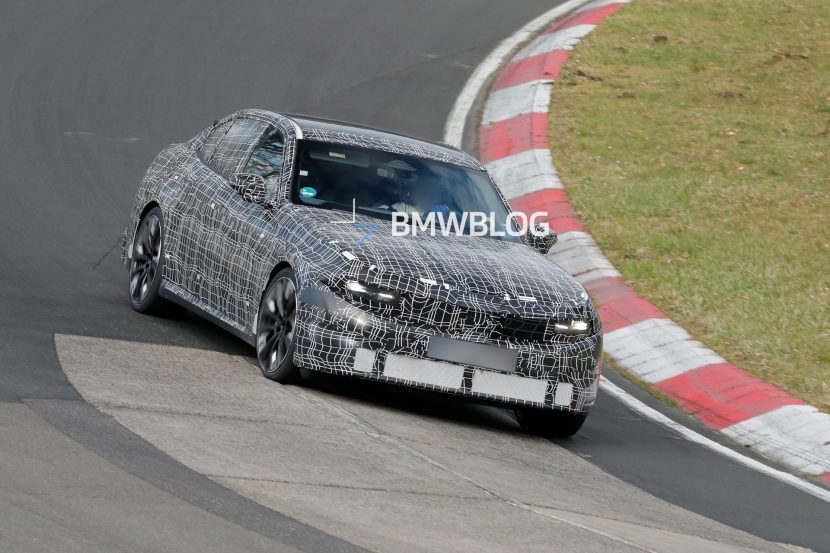So here I am sitting in fully electric BMW i3 at the BMW Denmark dealership. I’ve been given the keys, quick 5 minute tour around the vehicle and one week to learn and discover more about the new and unknown for myself.
No engine noise, just a dashboard saying it’s ready and I slowly and gently push accelerator: so far so good, nothing extraordinary. I spend a couple minutes slowly driving out of BMW yard and getting used to how this car feels. First few turns and more pressure on accelerator and you instantly understand this thing pulls and handles, as true BMW should. At the same time it is so different and fascinating in so many ways I don’t even know where to start…
We build up our expectations for new cars based on our previous experiences and stereotypes. What i3 does is simply turns all these stereotypes into ruins, saying there’s something you’ll have to learn from scratch about the future of automotive industry. From certain exterior angles, it looks like a really small city car, which is simply a bit taller than what we are used to see, however, once you get inside, from the driver’s position, it feels like you find yourself in a rather spacious car, comparably higher seating position and plenty of dashboard space gives you hints to a family/minivan car experience.
You’ll find quality and feel of the interior that are more common for higher-class vehicle; I could swear Harman Kardon surround system sounds better in this thing than in previous generation Mercedes-Benz S-Class. Lower weight distribution blows away any thoughts about car being clumsy or unstable. In fact, the suspension is rigid and at the same time comfortable for a car of such wheelbase. In some cases it even might trick you into thinking it’s a rather sporty suspension. In the city traffic the car is really nimble and agile.
Effortless power delivery
Even when driving in Eco Pro mode, the car feels quick and responsive in the city traffic. The 7.2 seconds to 100km/h offers a similar acceleration as the E39 528 from back in the days. However the way these two cars get there is so much different. In a 5 series manual you had to work for it, there was a lot of drama going on, undeniably pleasant amount of engine noise, tires squeaking. Whereas BMW i3 delivers that speed effortlessly and says – “It’s not a big deal, it’s there for you behind a simple push of the pedal as long as you have enough juice in your batteries.” We all know these are the advantages of electric motor and it’s technically evident on paper – however if you haven’t tried it for yourself – a really fun experience still awaits for you.
The range
When I first read about BMW plans to make i3, and that’s it’s going to be branded as megacity vehicle, it sort of made sense, given the predicted range. And that is exactly the very first question everyone who I met during the week of test drive asked right after they’ve seen the car: How about the range, how far can it take me? It is clear to me now what BMW meant; this car has the exact purpose to be your everyday city vehicle.
And it does it brilliantly.
Once you understand this, the range question becomes secondary, as long as 100-120 km a day is something that fits in your daily routes. Actually for the biggest part of my journeys during the week, I mostly used the Eco Pro mode in the city and the car was easily able to deliver 150 km-160 km in one charge. And I’m pretty sure I would be able to pull close to 200 km if I was really up for efficiency challenge.
The second most common question or confusion comes in when one has to close the coach doors. The sequence of closing the doors doesn’t come naturally, but it is probably easy to get used to after a couple of times.
Overall feel
The BMW i3 comes with a great iDrive system, a touchpad with letter recognition so the control of your vehicle infosystem becomes seamless. Even though it’s a completely new interior that BMW has delivered, the main focus is still placed on the driver. I found it a bit surprising that the driver’s dashboard doesn’t have a full LCD screen to its full height, but has indicators instead.
There probably is a reason for that; a limited view gap through steering wheel might be one of it.
I got an opportunity to drive a test model that was heavily loaded with options: park distance control, active cruise control and much more. Some of the options that are more common for longer trips render to be less useful given most of the time you might end up driving in the city, others like – parallel parking is probably something that we will stop doing ourselves in 4-5 years and let the cars do it. Even though it takes some time to learn how to engage it and the gap between the cars has to be big enough, the fact that a car can park itself reliably is reassuring.
After driving it for one week on a daily basis, I can’t think of any car which would deserve the name of a “city vehicle” more than the i3. Would I drive one everyday myself – sure I would. Would I be upset not being able to take it for a longer rides? Sure I would, but mostly because it’s so much fun to drive and you would love to take it further. Maybe the models with REx would serve better in these cases, or simply planning will be enough, as more fast charging stations are being installed as we speak.
As a matter of fact, a charging station was installed next to my home just a few days ago and just a week after I returned the test vehicle, Arriva launched DriveNow project in Copenhagen releasing a fleet of 400 BMW i3s as a part of public transport solution. It’s a beautiful sight to see so many i3 all around the city and I’m glad a lot of people will be able to experience and appreciate sheer driving pleasure of electric cars.










































































